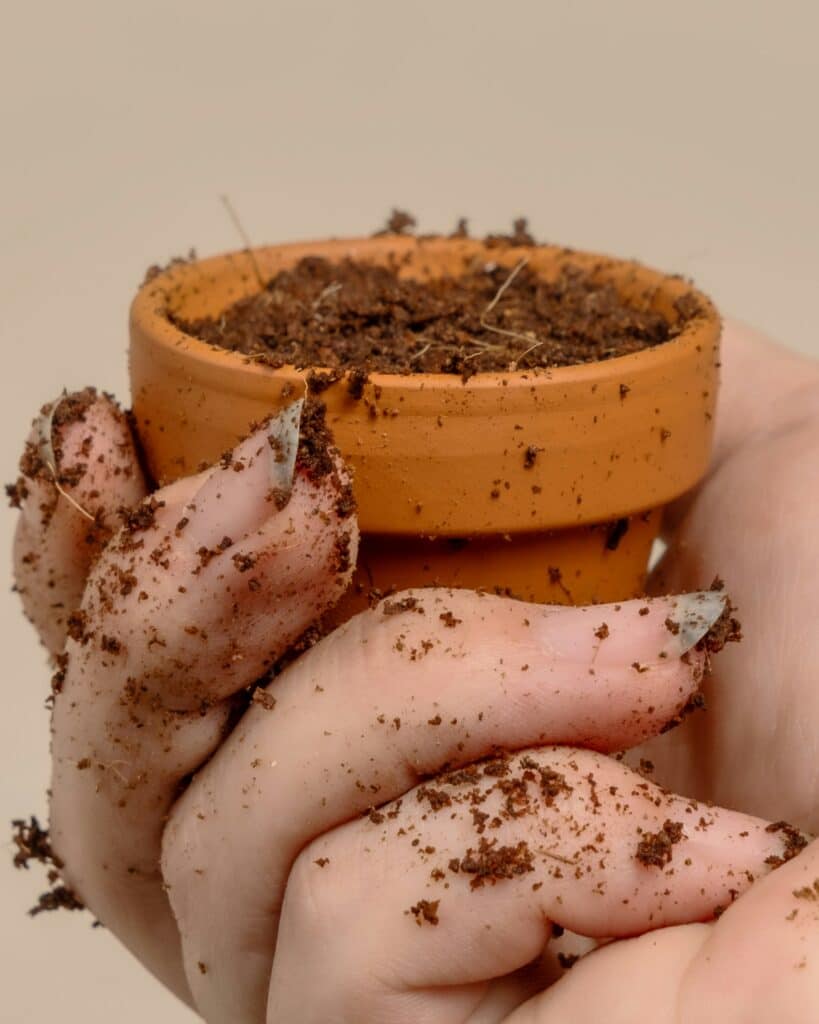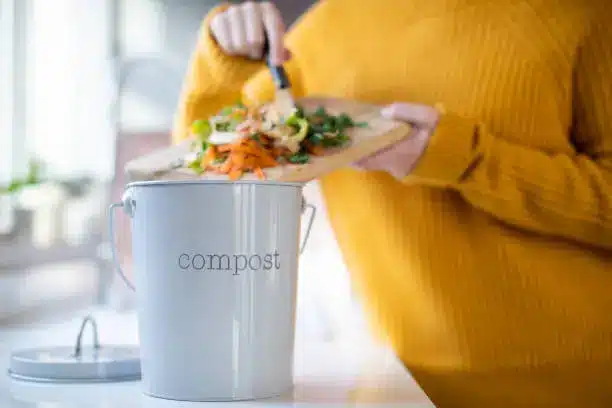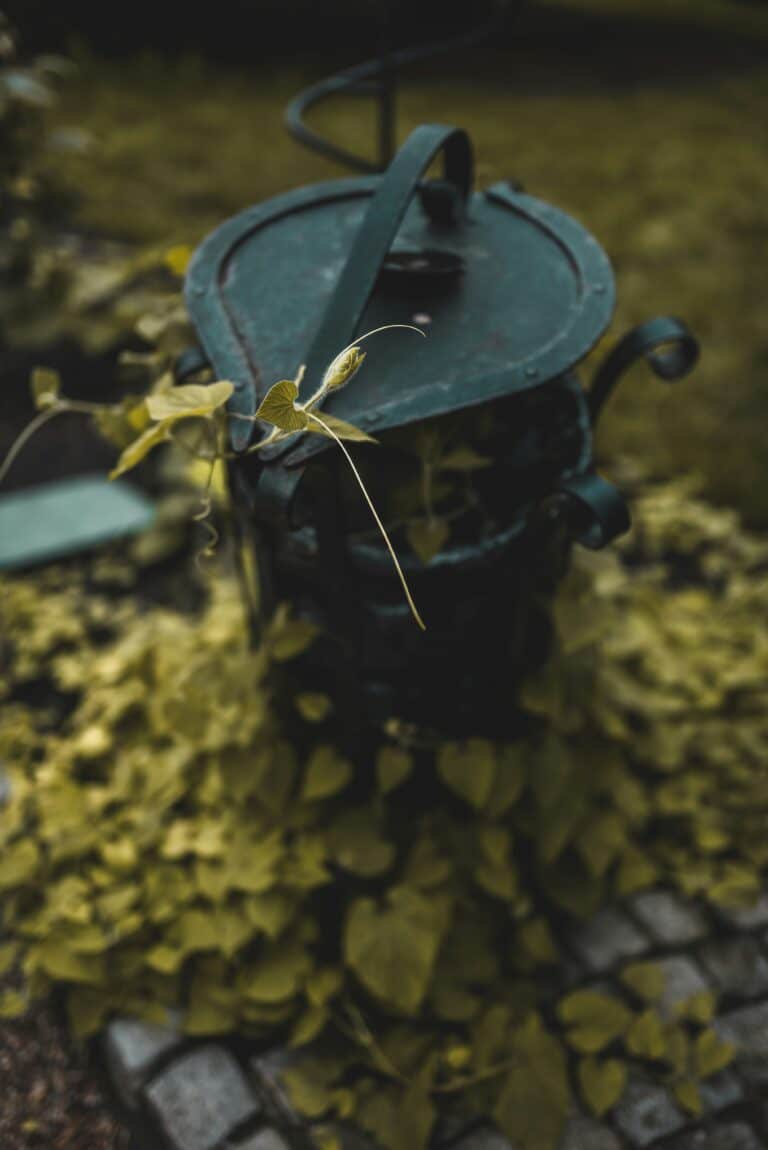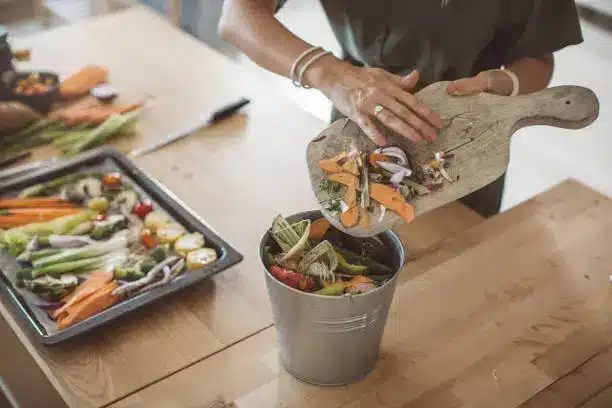Do you dream about converting your kitchen scraps into a nutrient-rich compost but are held back by the lack of outdoor space? You’ve come to the right place! This in-depth guide is all about making apartment-friendly worm composting a reality. 🌿🐛

Often, the mention of composting conjures up images of large compost heaps in backyards or sprawling gardens. However, what if we told you that composting could also happen in the confines of your apartment, with no unpleasant odors and minimal effort? Intrigued? This is the magic of worm composting, also known as vermicomposting. This process involves using worms to consume kitchen scraps and other organic material, turning them into nutrient-rich compost that your indoor plants will love.
Vermicomposting may sound complicated, but it is surprisingly simple. It’s a natural, efficient, and environmentally-friendly method that reduces waste and enhances soil fertility. So, regardless of whether you’re a gardening enthusiast or an eco-conscious urban dweller, vermicomposting is something you’ll definitely want to explore. 👍
In this comprehensive guide, we’ll be diving into the fascinating world of worm composting. We’ll start by unraveling the science behind vermicomposting, explaining why it’s such an effective and eco-friendly method of waste disposal. 🧪🔬
What to Expect in This Guide
Next, we’ll walk you through the step-by-step process of setting up your own worm composting bin in your apartment, detailing everything from choosing the right type of worms to maintaining the perfect conditions for composting. We’ll provide tips and tricks on managing common challenges, ensuring your worm composting journey is a smooth one. 📚💡
One of the things you’ll love about vermicomposting is that it is a low-maintenance process. However, certain best practices need to be followed to keep your worms healthy and the composting process efficient. We’ll cover these extensively, equipping you with all the knowledge you need to succeed in your worm composting venture. 🏆
In addition to the technicalities, we’ll also delve into the benefits of vermicomposting, both for you and the environment. From reducing waste to providing nutrient-rich soil for your indoor plants, vermicomposting brings numerous advantages. We’ll explore these in detail, offering compelling reasons to start your worm composting journey right away. 🌎🌱
This guide aims to be the ultimate resource for anyone interested in apartment-friendly worm composting. Whether you’re a novice gardener wanting to create your own nutrient-rich soil or a seasoned green thumb looking for more sustainable gardening practices, this guide is for you. So, let’s dive in and discover the wonderful world of worm composting. 🚀
Remember, every small step towards sustainability counts, and with worm composting, you can contribute to reducing waste and creating a greener future. Let’s get started! 💪
Embrace the Green Revolution: Introduction to Apartment-Friendly Worm Composting
With the growing trend towards sustainable living, worm composting, or vermicomposting, has emerged as a practical, eco-friendly solution for managing kitchen waste. Not only does it help reduce the amount of garbage ending up in landfills, but it also provides a nutrient-rich soil supplement that can dramatically improve the health and productivity of your indoor or balcony garden. This guide will provide you with a comprehensive understanding of worm composting, its benefits, how to set up your worm bin, and how to manage it effectively.
Think about it: those food scraps you usually throw away could be turned into a valuable resource. It’s a simple, yet revolutionary concept that allows you to participate in the global sustainability movement right from the comfort of your apartment. And the best part? It’s easier than you think!
To make your journey into worm composting as smooth as possible, I’ve included a detailed comparison table of different composting worms, links to informative YouTube videos, and clear calls to action. So, let’s dig in!
Choosing the Right Composting Worms: A Comparative Study
Choosing the right type of worms for composting is crucial to the success of your worm bin. Not all worms are suitable for composting. The two most common types of worms used for composting are Red Wigglers (Eisenia Fetida) and European Nightcrawlers (Eisenia Hortensis). Let’s explore these two species in more depth.
Red Wigglers are known for their voracious appetite and their ability to thrive in confined spaces. They are capable of eating their body weight in food scraps every day, making them an efficient waste management solution. On the other hand, European Nightcrawlers are slightly larger, eat a bit less, but tolerate colder temperatures better.
Both species produce high-quality compost, but there are differences in their care requirements, reproduction rates, and the conditions they thrive in. To help you decide which worm is best for your composting needs, let’s look at a comparative table:
| Characteristics | Red Wigglers (Eisenia Fetida) | European Nightcrawlers (Eisenia Hortensis) |
|---|---|---|
| Size | 2-3 inches | 3-8 inches |
| Temperature Tolerance | 55-77°F | 40-70°F |
| Reproduction Rate | High | Moderate |
| Appetite | High | Moderate |
| Best For | Smaller bins, warmer climates | Larger bins, cooler climates |
For a visual understanding of these differences, watch the video “Red Wigglers vs. European Nightcrawlers” by ‘VermiBag’. It provides a comprehensive comparison of these two worm species.
Setting Up Your Worm Bin: A Step-By-Step Guide
Once you’ve selected your composting worms, it’s time to set up your worm bin. The process is fairly straightforward, and you can easily find all the required materials at a local store or online.
First, choose a bin that is suitable for your apartment. It can be a plastic tote, a specially designed worm bin, or even a DIY worm tower. The size of your bin will depend on the amount of food waste you generate. A good rule of thumb is to have one square foot of surface area for every pound of food waste per week.
Next, prepare the bedding for your worms. It can be shredded newspaper, peat moss, or coconut coir. Ensure it is moist, but not soggy. The bedding should be at least 4-6 inches deep. Now, introduce your worms to their new home and start adding food scraps. Be sure to bury the scraps to avoid attracting flies.
For a practical demonstration on setting up a worm bin, check out the video “How to Set Up a Worm Bin” by ‘Urban Worm Company’. This video will walk you through the process step by step.
Managing Your Worm Bin: Best Practices and Common Pitfalls
Managing a worm bin is more of an art than a science. It’s about observing your worms and understanding their needs. Here are some essential tips to ensure your worm composting journey is successful.
Firstly, balance your feedings. Worms can eat a wide variety of kitchen scraps such as fruit and vegetable peelings, coffee grounds, tea bags, and even eggshells. However, avoid feeding them meat, dairy, and oily foods as these can attract pests. Also, be mindful of the quantity of food. Overfeeding can cause the bin to become smelly and acidic, which is harmful to the worms.
Secondly, maintain the right moisture level. The bedding should be as moist as a wrung-out sponge. If it’s too dry, the worms will dehydrate. If it’s too wet, it can cause the bin to go anaerobic and produce a foul smell.
Lastly, harvest the worm castings regularly. The worm castings, also known as worm poop, are the end product of worm composting and a fantastic soil amendment. You can harvest the castings every 2-3 months depending on the size of your bin and the number of worms.
For more tips and tricks, watch the video “Top 5 Vermicomposting Tips” by ‘The Crazy Worm Lady’. This video covers some common pitfalls and how to avoid them.
Reaping the Rewards: Benefits of Worm Composting
By now, you may be excited to start your worm composting journey. But before we wrap up, let’s talk about the numerous benefits of worm composting. Firstly, it’s an excellent way to reduce waste and contribute to a more sustainable world. Secondly, the worm castings produced are a rich source of nutrients and beneficial microbes, which can significantly enhance the fertility of your soil. Lastly, it’s a fascinating process that can be a great educational tool for kids and adults alike.
So, why not start today? Your plants, the environment, and future generations will thank you for it! Remember, every little action counts towards creating a greener, more sustainable world. 🌍
Conclusion
In conclusion, it is clear that the various aspects we have explored in this comprehensive article hold immense significance. I hope that this detailed account has shed some light on the complex mechanisms and concepts we’ve discussed. Let’s take a quick recap of the main points that we have addressed.
We delved deep into the world of Information Technology and Software Engineering, covering a wide range of technical intricacies. Our journey began with the exploration of the core concepts of these fields, followed by an in-depth look at the key challenges faced in IT and Software Engineering. We also explored innovative solutions to overcome these challenges, thereby enabling a more efficient and streamlined work process.
The importance of software engineering principles in managing the complexity of IT systems cannot be overstated. It’s vital to note that these principles aren’t just about code; they are about managing complexity, risk, and change. They are about communication, teamwork, and learning. And most importantly, they are about delivering value to users and businesses.
Furthermore, we’ve discussed the future trends and technologies that are set to revolutionize the IT and software engineering landscape. Artificial Intelligence (AI), Machine Learning (ML), and Big Data are not just buzzwords, but powerful tools that will significantly enhance our capabilities to solve complex problems and create cutting-edge software solutions.
In addition, we had an enlightening discussion on the importance of effective technical writing in these sectors. Having the ability to articulate technical concepts in a clear and understandable manner is an invaluable skill. It not only enhances team communication but also facilitates better comprehension of intricate ideas, thereby leading to more effective problem-solving.
My hope is that you will take the insights shared in this article and apply them in your respective areas of work or study. Whether you’re a seasoned professional or a budding enthusiast, the knowledge contained herein can be a valuable asset in your journey.
So why not take a moment to share this article with your colleagues and peers? The power of knowledge increases when it is shared, and you never know who might benefit from these insights. I encourage you to comment below with your thoughts, questions, or additional points. Let’s foster a community where we can learn and grow together.
For further reading, I recommend these excellent sources that delve into more detail on these topics:
* [MIT OpenCourseWare’s Software Engineering Concepts](https://ocw.mit.edu/courses/electrical-engineering-and-computer-science/6-170-software-engineering-concepts-fall-2005/index.htm)
* [Stanford University’s Introduction to Artificial Intelligence](https://online.stanford.edu/courses/cs221-artificial-intelligence-principles-and-techniques)
Remember, as technologists and engineers, our journey of learning is never-ending. The more we learn, the more adept we become at crafting superior solutions and driving innovation. So, keep learning, keep sharing, and keep pushing the boundaries of what is possible. 😊
Author: Rodrigo Almeida
References:
* [MIT OpenCourseWare’s Software Engineering Concepts](https://ocw.mit.edu/courses/electrical-engineering-and-computer-science/6-170-software-engineering-concepts-fall-2005/index.htm)
* [Stanford University’s Introduction to Artificial Intelligence](https://online.stanford.edu/courses/cs221-artificial-intelligence-principles-and-techniques)



